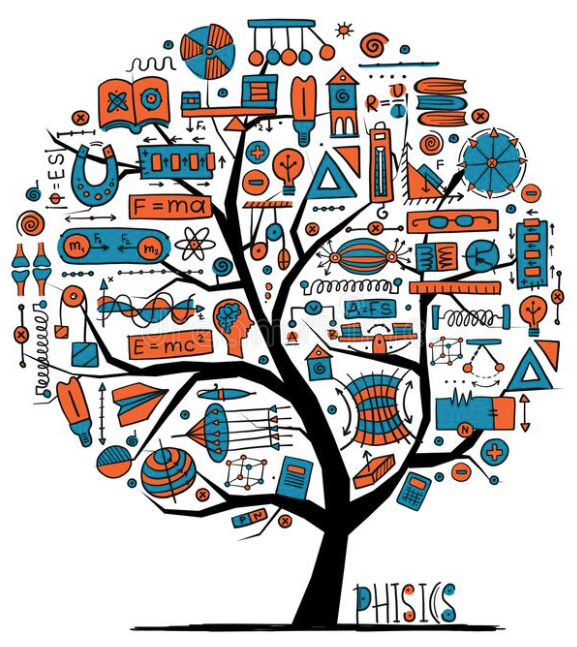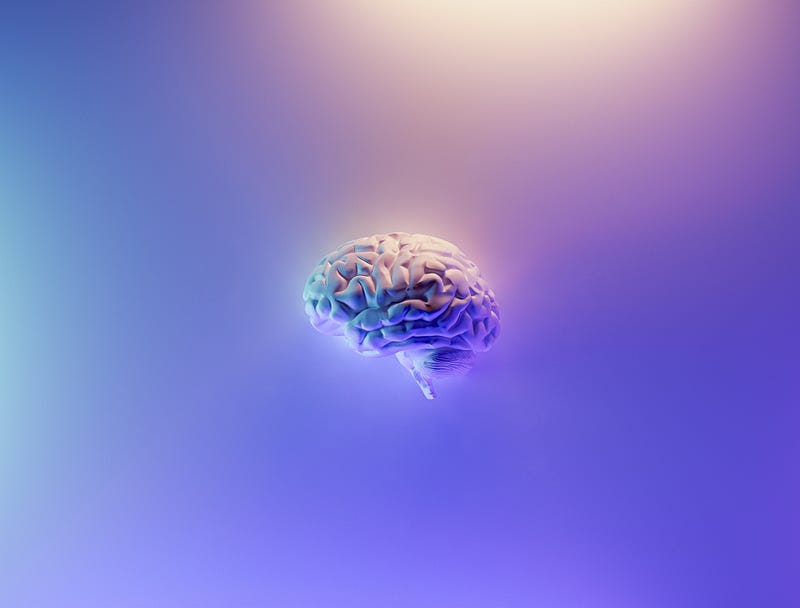# Unveiling the Mysteries of Quantum Physics and Faith
Written on
Chapter 1: The Quest for Understanding
Throughout history, humanity has been driven by a profound curiosity regarding the origins of our universe. As we spend more time on Earth, new theories emerge to explain the complexities surrounding our existence.
One principle that stands out is Newton’s third law, which states that every action prompts an equal and opposite reaction. While I may not be a physics specialist, my intrigue about the nuances of our reality persists. The 2022 Nobel Prize in Physics recognized scientists who showcased the capability to explore and manipulate particles in entangled states—a phenomenon that is as fascinating as it is perplexing.
As Paul Sutter outlines in his Live Science article, “When two or more particles are connected in a specific manner, their states remain intertwined, regardless of the distance that separates them.” This concept, termed quantum entanglement, was famously dubbed “spooky action at a distance” by Albert Einstein himself. It's intriguing that even a mind like Einstein's struggled to rationalize this behavior.
When discussing particles, they may seem minuscule and invisible; however, their definition is multifaceted and complex. Each scientific discipline aims to formulate theories about the past, present, and future. Physics endeavors to offer unbiased logic and computations concerning these phenomena.

Chapter 2: Defining Physics and Quantum Mechanics
To clarify some terms, let’s delve into definitions. According to Britannica, physics is the scientific field that examines the structure of matter and the interactions among the fundamental elements of the universe. This field encompasses everything from the tiniest particles studied through quantum mechanics to the expansive universe analyzed via general relativity.
Quantum physics specifically investigates matter and energy at their most fundamental levels, aiming to discover the properties and behaviors of nature's building blocks. If you appreciate modern technology—like smartphones, computers, and medical devices—thank physics for making them possible.
Returning to the intriguing phenomena, many dedicated individuals devote their efforts to understanding these minuscule entities and theorizing about the universe's inception. Events like the World Science Festival gather some of the brightest minds in physics to debate what happened moments after the Big Bang, leading to fascinating and mind-expanding discussions.

Chapter 3: The Intersection of Science and Faith
Science provides a valuable framework for understanding the mechanics of our world. Physics offers clarity regarding how everything operates around us. However, complications arise when we attempt to create narratives, theories, and forecasts about the past and the future. Despite the strides we’ve made in science and technology, we continue to recognize the vast unknowns that lie ahead.
As I delve deeper into this subject, I notice a growing divide between science and religion. Science emphasizes empirical evidence, while faith relies on belief. Ironically, the further we progress in both realms, the more they appear to validate each other.
I belong to the perspective that certain mysteries in life may remain beyond our grasp, yet that does not deter us from exploring them. I am currently developing a theory I call the Concert Theory, which posits that everything is interconnected.

Chapter 4: The Dance of Particles and Humanity
Observing how particles behave differently in varied environments fascinates me, as it mirrors human behavior and societal patterns. Just as planets orbit stars billions of light-years away, we too are drawn to influential figures, be they celebrities or major corporations like Google.
In nature, plants communicate through underground networks, utilizing sunlight and water for growth. Certain plants emit pheromones to attract insects, reflecting our tendency to connect and resonate with one another.
This interconnectedness extends across the universe, within our bodies, and even beneath the earth. My Concert Theory likens this to a musical ensemble: individual instruments can play alone, but together they create a more powerful and harmonious sound.
The ongoing debate among scholars revolves around whether a creator or engineer is responsible for this intricate design. Regardless, beauty, symmetry, and intentionality are evident in every aspect of existence. Perhaps my Concert Theory will unveil hidden truths about our collective connection.
In Conclusion
Quantum physics plays an essential role in revealing the core elements of our lives. As technology advances, we are likely to uncover more about our universe. Whether one finds it eerie or fascinating, progress is inevitable.
Do we require additional theories? I believe so, which is why I am refining The Concert Theory to deepen my understanding and possibly unlock some truths about our shared connections.
The pursuit of knowledge is unending, and as long as we remain curious, there is always more to discover.
In the video "A Quantum Physicist's Road to Faith," the journey of a physicist exploring the intersection of quantum physics and faith is showcased.
The second video, "5 Quantum Phenomena Supporting God's Existence," discusses five intriguing quantum phenomena that suggest a connection to a higher power.